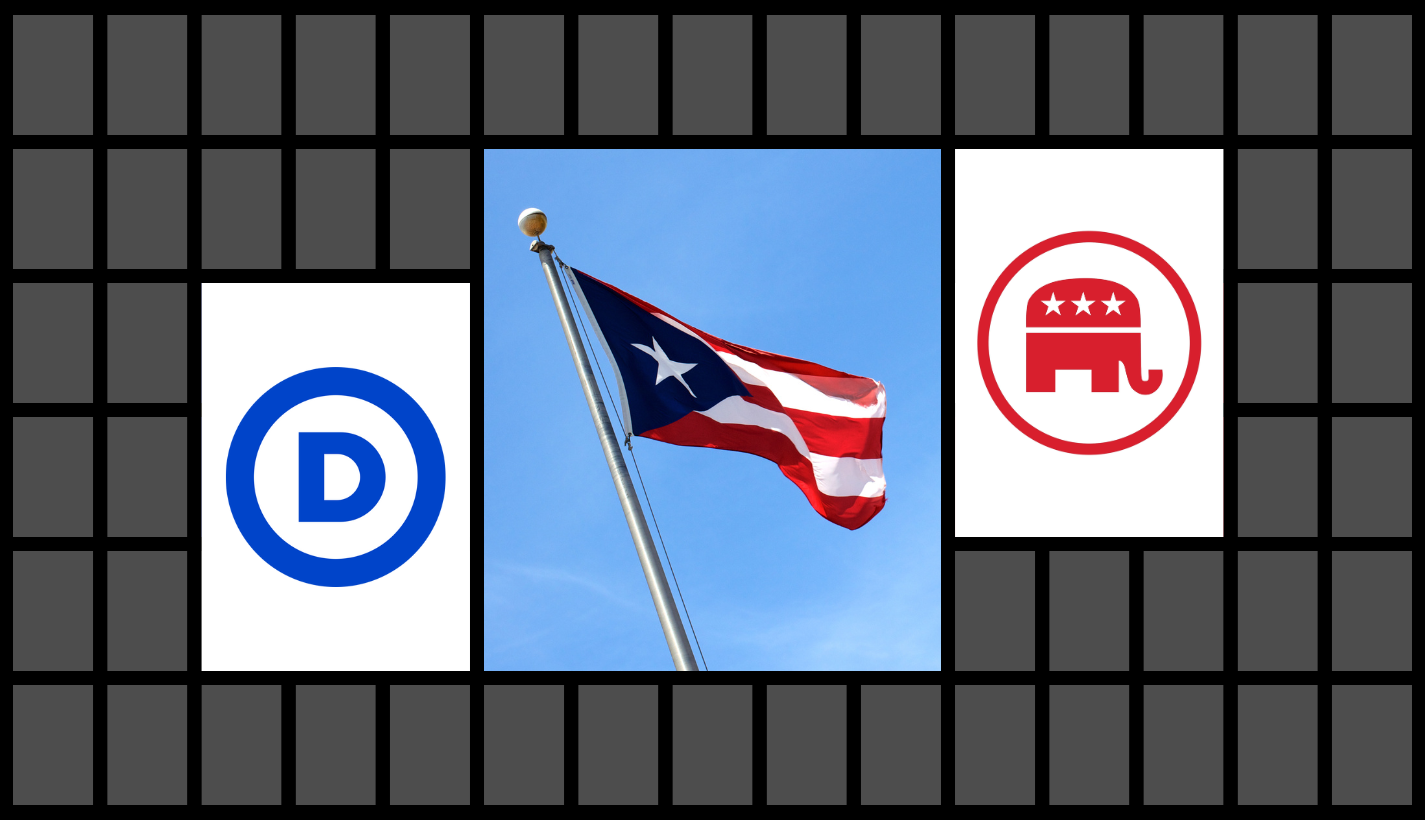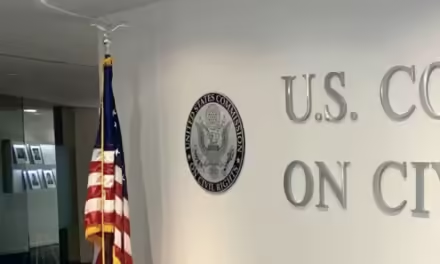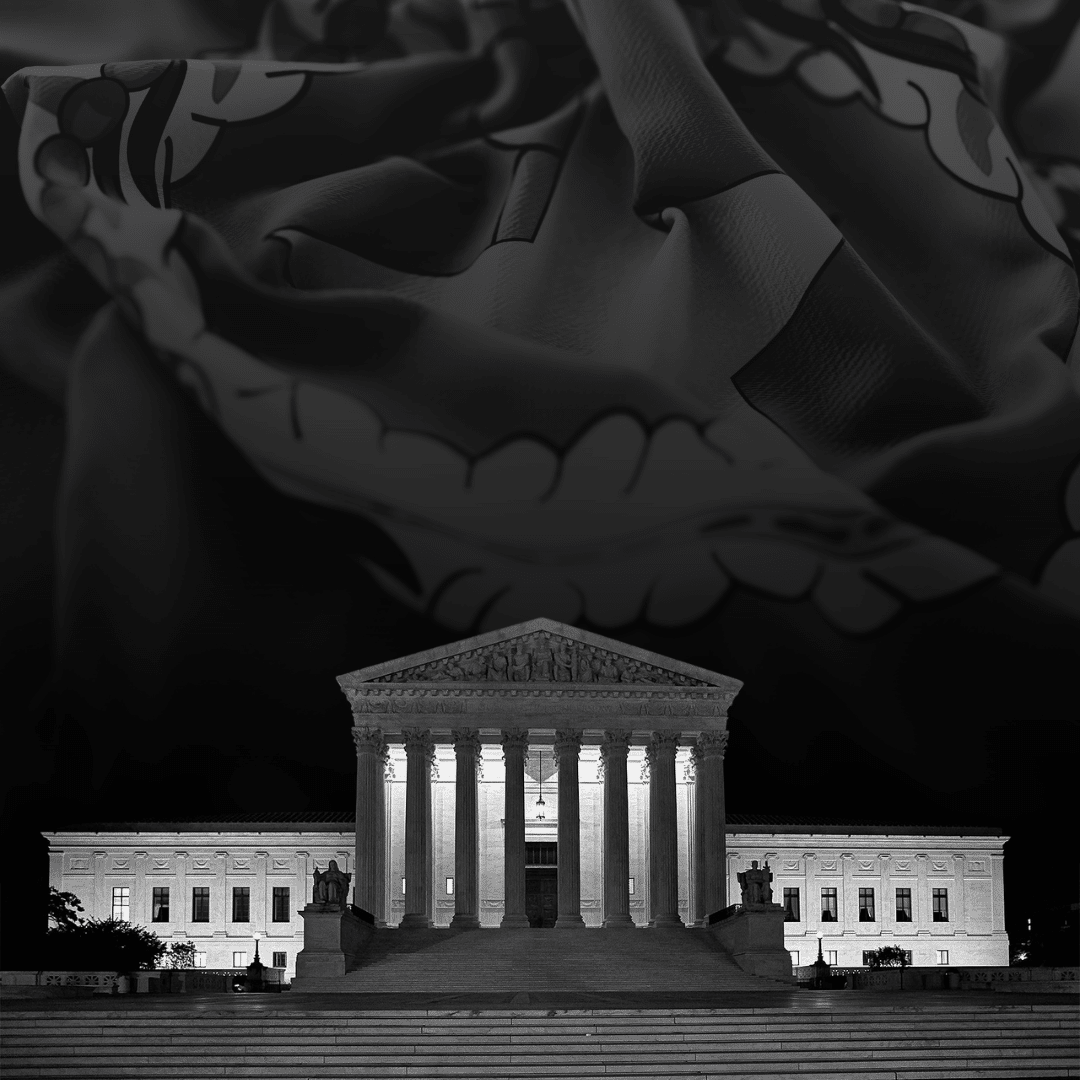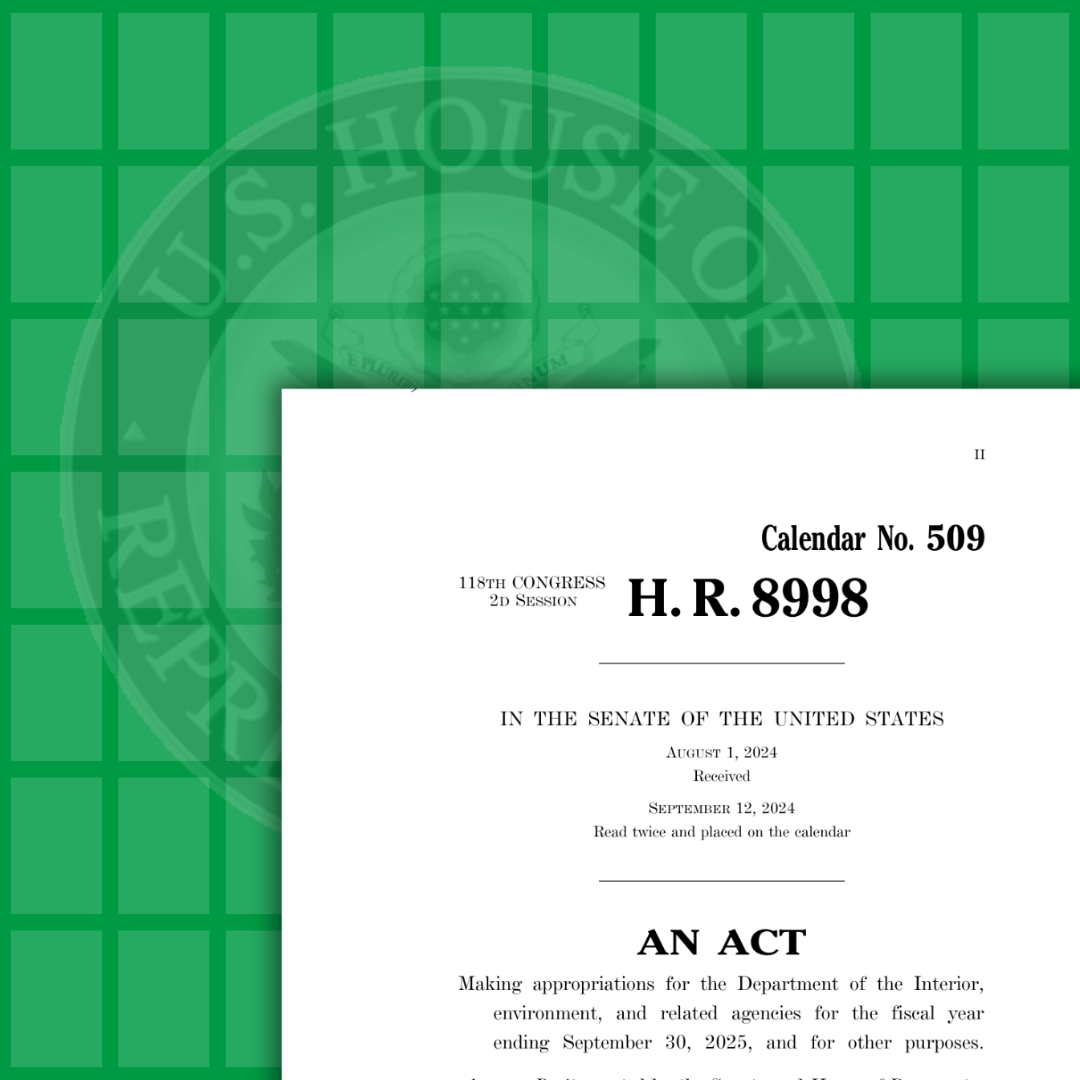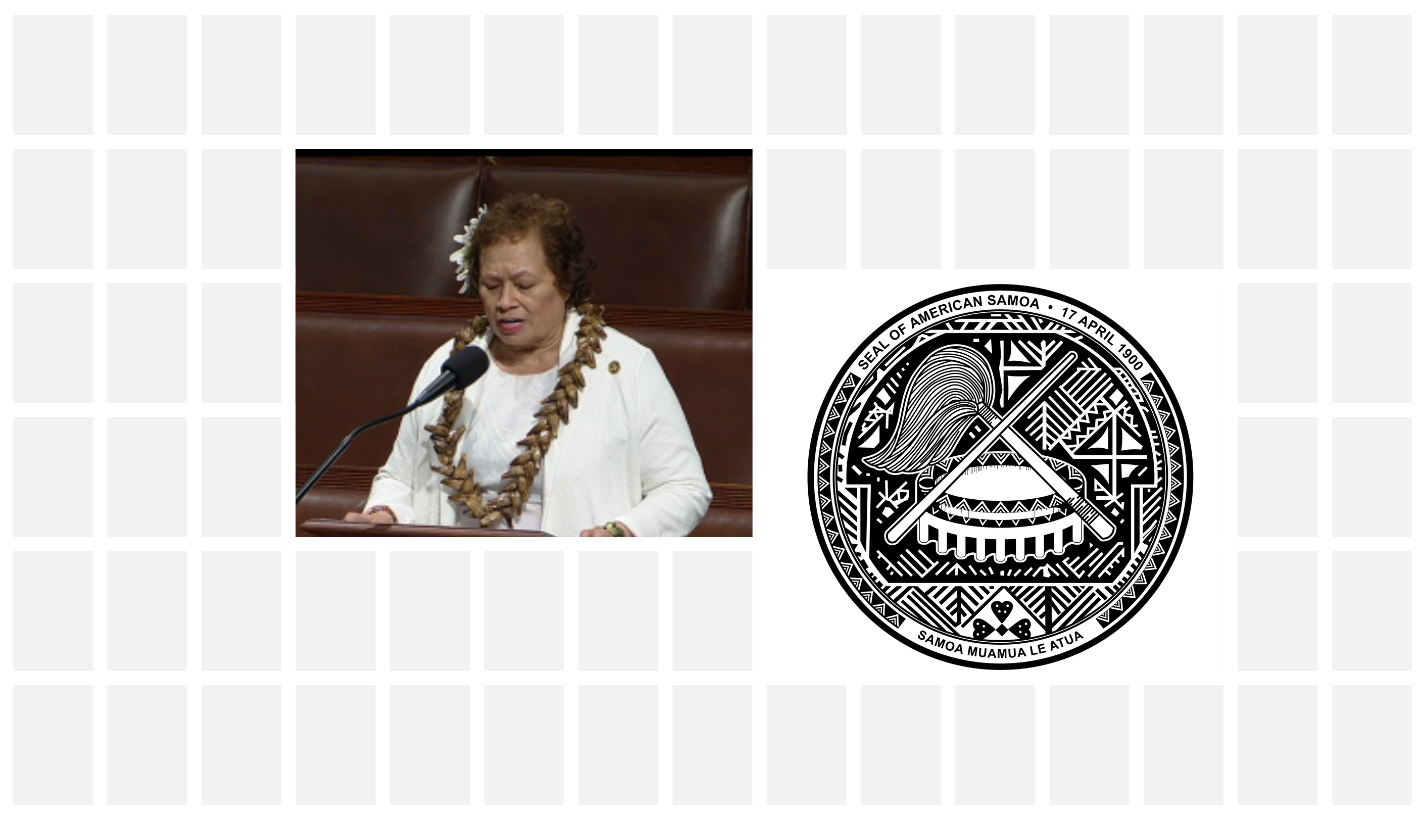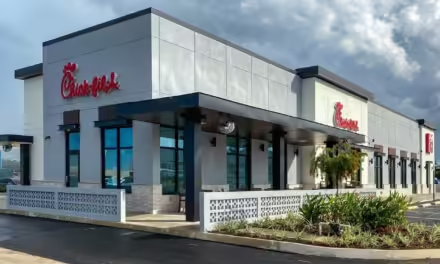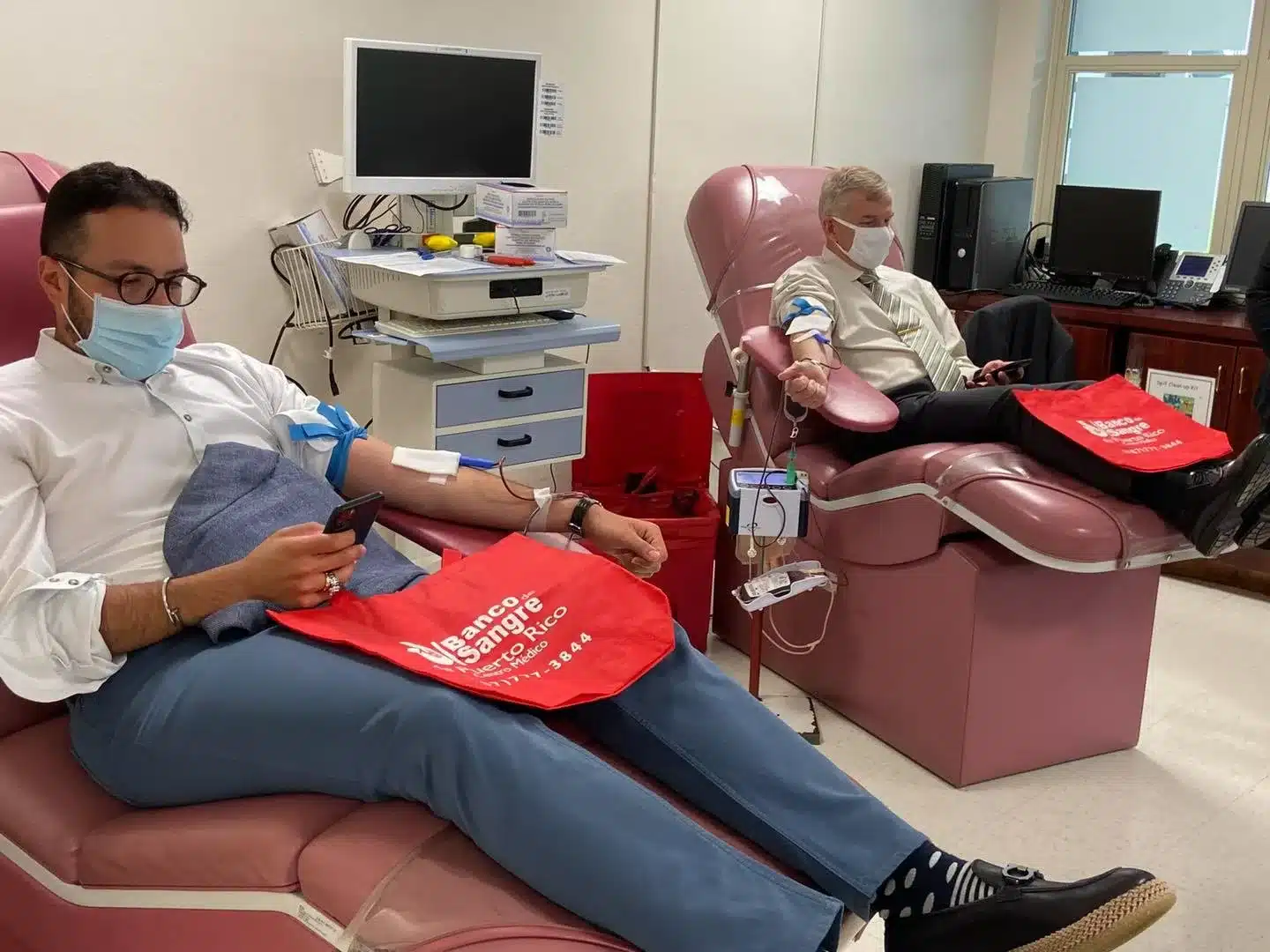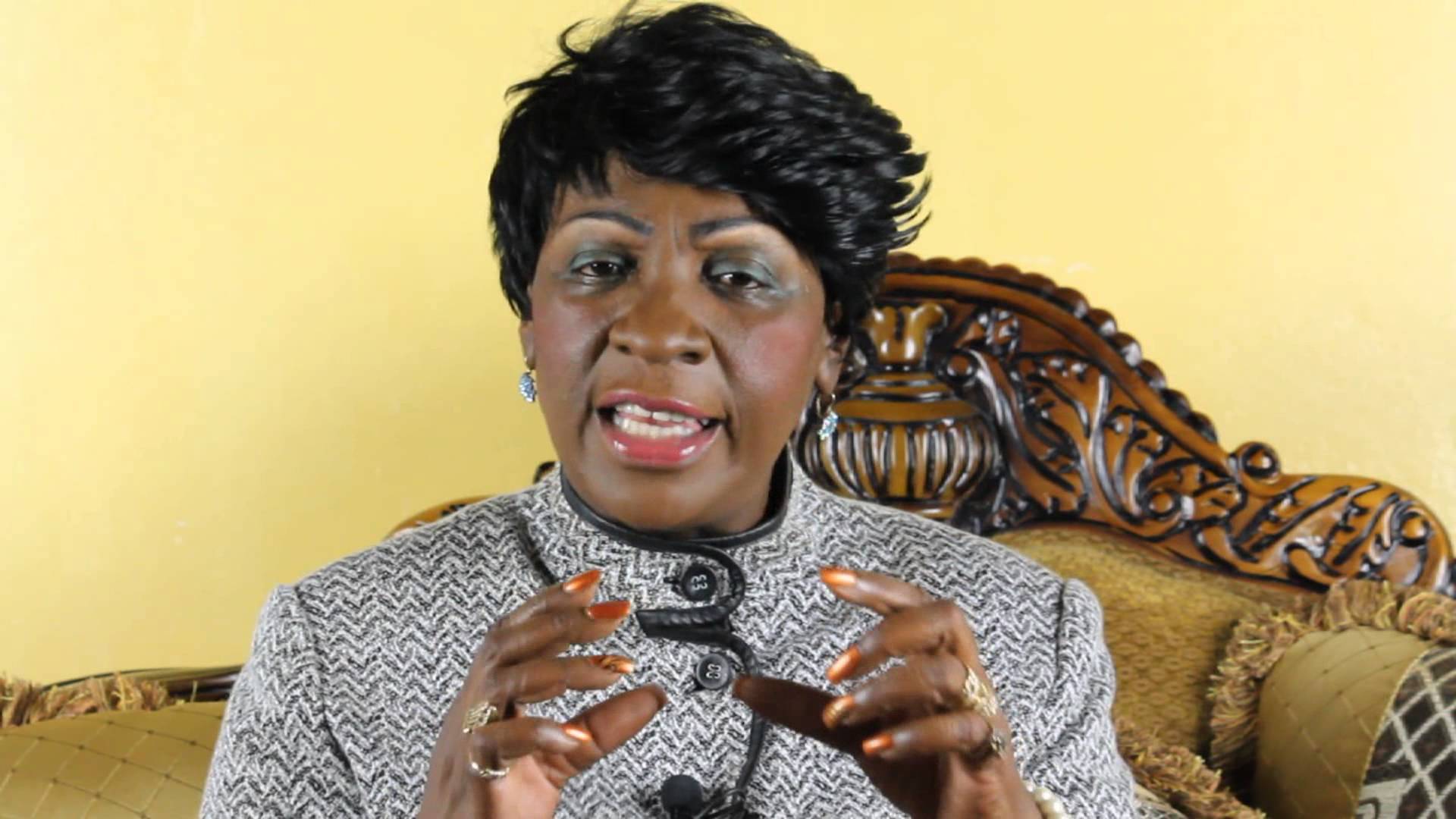Sanders likely to win West Virginia
After a win from Bernie Sanders in Indiana last week, tonight the Democratic primary moves to West Virginia. The state has 29 delegates up for grabs, or 3% of the remaining 926 delegates. Sanders is the favorite to win but, like his win on May 3rd, a win is not enough.
In order to win a majority of pledged delegates Sanders needs to win 65.5%, or 607, of the remaining delegates in every contest from now until the convention. This means that ideally, if he wins every contest by a 30 point margin or better, he can squeak out a win.
Delegates up for grabs in West Virginia
However, when taking into consideration that there are contests that Clinton is still likely to win, such as Puerto Rico, New Mexico, New Jersey, and the District of Colombia, he would have to win his favorable contests by 40 points or more. Will West Virginia help? Perhaps.
West Virginia’s delegates are split into 20 delegates between three Congressional Districts (7 in the first and second, 6 in the third), 3 pledged Party Leaders and Officials delegates and 6 At-Large. In order to reach his target, Bernie would have to win 19 out of the 29 delegates. 29 is an uneven number, which means delegates can’t be split unevenly, therefore in order to reach his target he would have to win 20. Below I lay out different scenarios as to how these delegates can be split.
So, as can be observed from the previous table, Sanders would have to win by 64.4% or more in order to stay on track to a pledged delegate win. Will he be able to do this? Let’s take a look at some data.
- West Virginia is the 4th state of the Union in terms of white population percentage. The only states with a higher percentage are Maine, New Hampshire and Vermont. Sanders won all these, New Hampshire with 60.4%, Vermont with 86.1% and the Maine caucus with 64.3%.
- There’ve been few West Virginia polls, one leading 47-43, and the second one winning 45-37. Assuming the polls are accurate in measuring Hillary Clinton’s support, and all the undecideds go to Sanders, the polls average out 60-40.
- Out of the 29 counties that border West Virginia (in Ohio, Pennsylvania, Maryland and Virginia), Clinton has won 22, while Sanders won 7. Additionally, all Sanders’ wins are in the high 40s – mid 50s, with the exception of Athens County, where he won with around 60%.
- Clinton won the West Virginia primary in 2008 with 67% of the vote to Barack Obama’s 26% and John Edwards’ 7%.
Taking into consideration all this, I believe the most likely scenario is a Sanders’ win, in the under 58%. This leads to a delegate split of 16-13 and increases Sander’s target to 65.6%.

